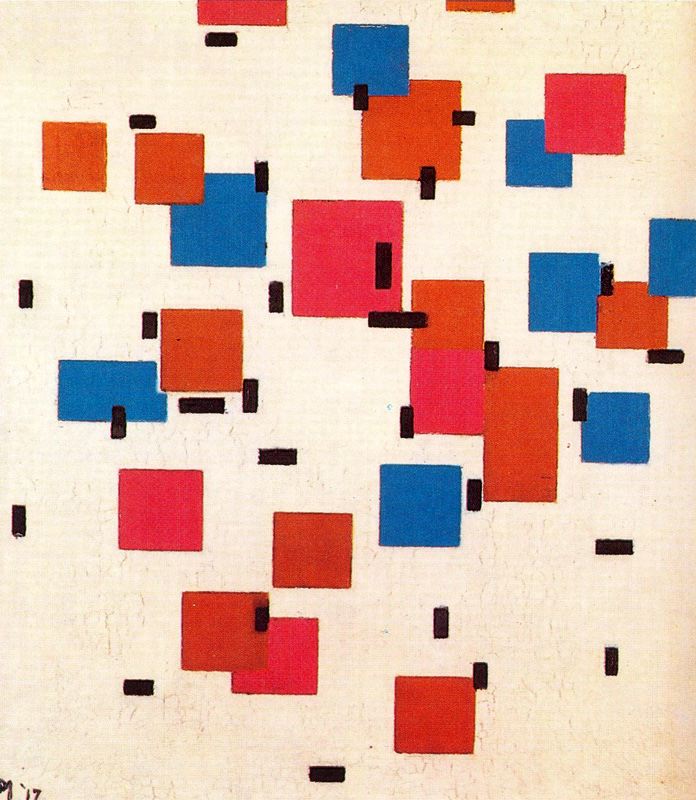Effetti di profondità e illusioni olografiche. Letteratura, teoria e borderline dopo il sospetto
Abstract
This paper observes a transformation in the hermeneutic approach to literature, which today seems based on the refusal of the ambiguity of literary texts and of the very mediations used by twentieth-century literary theories to resolve such ambiguity. The new approach is defined “holographic” because the information is seen as fully available on the text’s surface, while the classic “school of suspect” as well as the classical allegorical hermeneutics, postulated a verticality of interpretation. To confirm such a hypothesis, I look at the contemporary narrative production and at the main contemporary literary theories (philology, cognitivist studies, identity studies). In the conclusions I propose to link such a holographic approach to hermeneutics, in particular for its refusal of ambiguity, to recent mass psychology hypotheses about a borderline condition of contemporary Western society.
Downloads
Published
How to Cite
Issue
Section
License
Gli autori che pubblicano su questa rivista accettano le seguenti condizioni:- Gli autori mantengono i diritti sulla loro opera e cedono alla rivista il diritto di prima pubblicazione dell'opera, contemporaneamente licenziata sotto una Licenza Creative Commons - Attribuzione che permette ad altri di condividere l'opera indicando la paternità intellettuale e la prima pubblicazione su questa rivista.
- Gli autori possono aderire ad altri accordi di licenza non esclusiva per la distribuzione della versione dell'opera pubblicata (es. depositarla in un archivio istituzionale o pubblicarla in una monografia), a patto di indicare che la prima pubblicazione è avvenuta su questa rivista.
- Gli autori possono diffondere la loro opera online (es. in repository istituzionali o nel loro sito web) prima e durante il processo di submission, poiché può portare a scambi produttivi e aumentare le citazioni dell'opera pubblicata (Vedi The Effect of Open Access).


